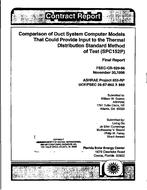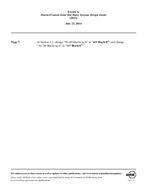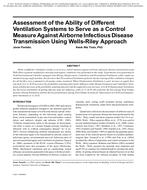Describes the costs and savings of commissioning of energy-efficiency measures (EEMs) in 16 buildings. A total of 46 EEMs were commissioned for all 16 buildings and 73 deficiencies were corrected. On average, commissioning was marginally cost-effective on energy savings alone, although the results were mixed among all 16 buildings. When considered as a stand-alone measure, the median simple payback time was 6.5 years under the low energy prices in the Pacific Northwest. Under national average prices, the median payback time is about three years. In estimating the present value of the energy savings from commissioning, the low and high lifetimes for the persistence of savings from deficiency corrections were considered. Under the low-lifetime case, the average present value of the energy savings (0.21 dollars/ft2) was about equal to the average commissioning costs (0.23 dollars/ft2). Under the high-lifetime case, the savings (0.51 dollars/ft2) were about twice the costs. Again, the savings would be about twice as great under national average prices. The results are subject to significant uncertainty because of the small sample size and lack of metered data in the evaluation. However, the findings suggest that investments in commissioning pay off. Building owners want buildings that work as intended and are comfortable, healthy, and efficient. It is likely that the non-energy benefits, which are difficult to quantify, are greater than the energy-saving benefits.
KEYWORDS: year 1996, costs, economics, cost benefit analysis, commissioning, buildings, energy, efficiency, energy conservation, payback periods, load management, energy management, controls, USA
Citation: Symposium Papers, Atlanta, GA, 1996
Product Details
- Published:
- 1996
- File Size:
- 1 file , 1.2 MB
- Product Code(s):
- D-16562


